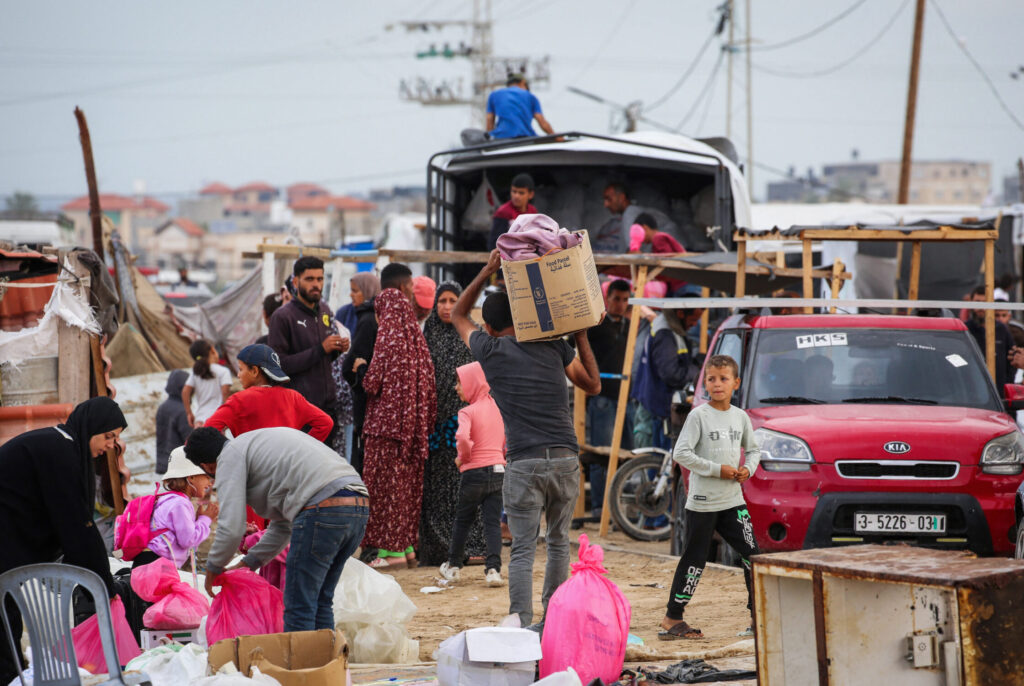Thousands of residents in northern Gaza have fled their homes following a new wave of evacuation orders issued amid escalating hostilities. The directives, delivered via phone messages and air-dropped leaflets, warned civilians in Jabalia and surrounding neighborhoods not to return to their homes. This mass displacement is the latest chapter in a prolonged conflict that has uprooted families repeatedly and left entire communities in constant fear.
On Tuesday, Israeli military operations intensified across several areas in Gaza, leading to significant casualties. At least 61 Palestinians were killed during the latest round of air and ground assaults. Among the dead were numerous children, amplifying the humanitarian crisis and triggering scenes of widespread grief in already overwhelmed hospitals and shelters.
The brunt of the attacks was felt in Gaza City and the densely populated Shati refugee camp, where airstrikes reportedly targeted residential buildings and civilian infrastructure. One of the deadliest incidents occurred in Shati, where at least 23 people lost their lives in a single strike. The scale of destruction left behind continues to rise, with rubble-covered streets and devastated families struggling to salvage belongings or locate missing relatives.
As the bombardment continued, northern neighborhoods once again turned into zones of chaos. Displaced residents described scenes of terror, with families fleeing on foot, clutching small children and carrying only what they could manage. Some sought refuge in already overcrowded shelters, while others moved further south despite fears that no place in Gaza is truly safe.
Parents have been particularly vocal about their anguish. Many are haunted by the trauma their children have experienced—nights without sleep, the constant roar of warplanes, and the fear of sudden loss. Schools have been shuttered, medical services are barely functional, and food and water remain scarce. Meanwhile, aid agencies warn that the continuing displacement is pushing Gaza’s humanitarian situation beyond its breaking point.
Eyewitness accounts describe the atmosphere as one of despair and exhaustion. Longtime residents of Jabalia said they had fled multiple times over the past months, each time hoping to return soon, only to be driven out again. Some compared their current lives to a continuous cycle of evacuation, destruction, and mourning.
The renewed violence also underscores the growing difficulties of delivering aid and medical assistance to affected areas. Ambulances and rescue workers often struggle to reach victims under fire, while hospitals in the north operate with dangerously low supplies. With power outages and fuel shortages becoming routine, even basic treatment becomes a challenge.
As international calls for a ceasefire continue, the situation on the ground grows ever more dire. The displaced populations face unbearable conditions with limited access to shelter, sanitation, and healthcare. Many wonder how long this will continue and whether a return to any form of normalcy is even possible.
With entire neighborhoods flattened and a generation of children growing up amidst destruction, the future remains uncertain. What is clear, however, is that the cost of this ongoing conflict continues to be borne most heavily by Gaza’s civilians, particularly its youngest and most vulnerable.

